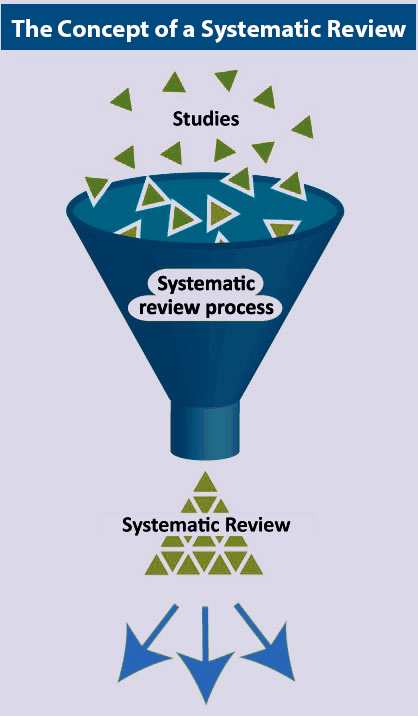Systematic Review and Meta-Analysis are two important tools for synthesizing and summarizing the available evidence on a research question. Both methods require a rigorous and transparent process and should be reported in a clear and comprehensive manner.
If you don’t know the difference between systematic review and meta-analysis, this article will explain what they are and help you understand how to prepare them and how they can be used in research.

What is a systematic review?
A systematic review is a complete and transparent evaluation of the available evidence on specific research, using a rigorous and pre-specified process to identify, select, and critically appraise relevant studies. The goal of a systematic review is to provide a summary of the current state of knowledge on a topic and to identify gaps in the existing literature.
The process typically involves a comprehensive search of multiple databases, with published and unpublished studies, a clear and pre-specified selection criterion, and a critical evaluation of the quality of the studies included. The result is a synthesis of the existing evidence that provides a basis for making informed decisions or further research.

What is a meta-analysis?
A meta-analysis is a statistical technique that combines the results of multiple studies to arrive at a single estimate. Meta-analyses are often conducted after a systematic review has been performed, as they require a sufficient number of studies with similar designs and outcomes. The main advantage of meta-analysis is that it increases the precision and power of the findings by pooling information from multiple studies.
In a meta-analysis, the effect sizes of individual studies are combined using a weighted average, based on the sample size and precision of the effect estimate. The combination of results from multiple studies can help to address issues such as small sample size and lack of statistical power in individual studies, and can also provide a more comprehensive overview of the research on a specific topic.
It is important to note that not all systematic reviews include a meta-analysis. The decision to include a meta-analysis depends on the heterogeneity of the studies, the availability of data, and the suitability of the methods for pooling the results.

How to prepare a systematic review and meta-analysis?
Below, we will provide step-by-step instructions on how to prepare a systematic review and meta-analysis. Whether you are a researcher, student, or clinician, these steps will help you with the tools and knowledge needed to conduct the methods.
To prepare a systematic review, the following steps should be followed:
- Define your research question: Clearly define the problem that you want to investigate and ensure that it is specific and important.
- Conduct a comprehensive literature search: Use multiple databases and search engines to identify all relevant studies.
- Screen studies for eligibility: Review the abstracts and full-text articles to determine if they meet the inclusion criteria for your systematic review.
- Extract and synthesize data: Extract pertinent information from each eligible study, such as study design, sample size, interventions, outcomes, and results.
- Evaluate the quality of the evidence: Assess the quality of the evidence using pre-defined criteria, such as the risk of bias, and summarize the results in a table or figure.
To prepare a meta-analysis, the following steps should be followed:
- Identify the research question: Start by defining the research question or hypothesis that you want to address through the meta-analysis.
- Literature search: Conduct a comprehensive search of the literature to identify all relevant studies that address your research question. Use multiple databases and search engines and make sure to include both published and unpublished studies.
- Study selection: Evaluate the eligibility of each study for inclusion in your meta-analysis based on specific criteria such as sample size, study design, and outcome measures.
- Data extraction: Extract data from the eligible studies, including effect sizes, sample sizes, and other relevant information. This information should be recorded in a standardized manner for use in the meta-analysis.
- Statistical analysis: Use appropriate statistical methods to pool the data from the selected studies and compute overall effect sizes and measures of variability.
Unleash the Power of Infographics with Mind the Graph
Mind the Graph is a platform that assists scientists in visually communicating their research findings. It allows the easy creation of high-quality graphics and presentations. Whether it be through detailed infographics or engaging presentations, Mind the Graph empowers scientists to communicate their work effectively.


Subscribe to our newsletter
Exclusive high quality content about effective visual
communication in science.




